L’occidentalisation du visage asiatique consiste à apporter des modifications subtiles pour rapprocher certains traits faciaux aux critères de beauté occidentaux. Les demandes les plus fréquentes concernent l’affinement de la mâchoire, l’accentuation des pommettes, la modification de la forme du nez et l’agrandissement des yeux. En ce qui concerne la peau, l’éclaircissement du teint est l’une des premières préoccupations des femmes asiatiques. Ces interventions peuvent être réalisées sans chirurgie, par des techniques de médecine esthétique, garantissant ainsi des résultats naturels et respectueux de l’anatomie unique de chaque patient.
The westernization of the Asian face is a growing trend in the field of aesthetic medicine. This concept refers to a series of procedures aimed at modifying specific facial features to align with Western beauty standards, while preserving the natural harmony of the patient’s features. Some studies indicate that one in five Asian women undergoes aesthetic procedures for facial westernization. This field is rapidly expanding, reflecting an increasing demand for personalized beauty enhancements and a more cosmopolitan
aesthetic.
Thanks to aesthetic medicine techniques, it is now possible to modify certain facial features non-invasively, achieving elegant and natural results.
Jawline slimming, cheekbone augmentation, nose reshaping, and eye enhancement are among the customized solutions available to create a harmonious and balanced face.

The desire to modify certain features can be influenced by various factors, including global beauty trends, media-driven beauty standards, and the pursuit of a more sophisticated or cosmopolitan appearance. It is essential to note that westernization does not imply a complete transformation but rather subtle refinements that cater to each individual’s personal preferences. This process is primarily intended to enhance self-confidence while preserving natural beauty.
• Horizontal thirds : in both Asian and Caucasian women, the upper third of the face is larger than the lower third.
In Asian faces, the middle third is larger than the upper third, whereas in Caucasian faces, the opposite is true.
In Caucasian women, the lower third is larger than the middle third, while in Asian women, these two thirds are of equal proportions.
• Vertical fifths : the neoclassical facial proportions divide the face into five equal parts. According to these standards, the intercanthal distance, eye width, and nasal base width should be equal.
This proportion is commonly found in European women.
In Asian women, the average intercanthal distance is 1.24 times greater than the eye width.
In Asian faces, the nasal base is broader than in European faces, with the nasal base width being 1.11 times greater than the intercanthal distance.
• Nose : there is no significant difference between Caucasian and Asian women in terms of facial angles : naso-mental angle, mento-cervical angle, and naso-facial angle.
However, the naso-frontal angle is more open in Asian faces, and the nasal dorsum is less projected compared to Caucasian profiles.
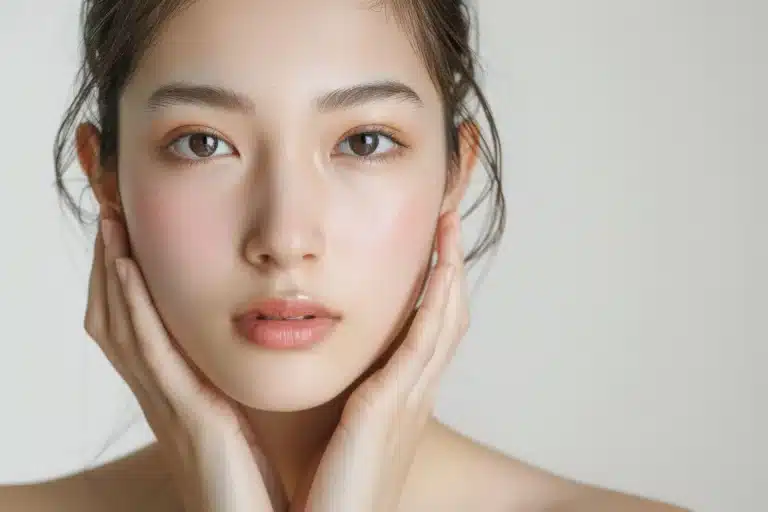
• Mouth : in Caucasian women, the corners of the mouth align with the center of the iris.
The majority of Asian women have a mouth width similar to that of Caucasian women.
However, one-third of Asian women have a narrower mouth.
• Eyebrows : in Caucasian women, the highest point of the eyebrow arch is located along an imaginary line that begins at the ala of the nose and passes through the center of the upper eyelid.
In Asian women, the highest point of the eyebrow is aligned with the outer edge of the iris.
In both Caucasian and Asian women, the tail of the eyebrow aligns with an imaginary line extending from the ala of the nose through the outer canthus of the eye (the outer corner of the eye).
• Eyelids : approximately one-third of Asian individuals lack a supratarsal eyelid fold.
When present, the fold may be either parallel to the free margin of the eyelid or converge toward the medial portion.
The supratarsal fold in Asian eyelids is located approximately 6 mm from the lash line, whereas this distance is greater in Caucasian women.
L’occidentalisation du visage asiatique doit être abordée avec soin et respect. Chaque visage possède une beauté unique qui mérite d’être mise en valeur de manière naturelle. La consultation initiale permet d’identifier les souhaits et les attentes de chaque patient, et de déterminer les techniques les mieux adaptées pour obtenir un résultat harmonieux. L’objectif est de sublimer les traits naturels et d’apporter des modifications subtiles qui répondent aux standards de beauté recherchés, sans altérer l’identité du patient.
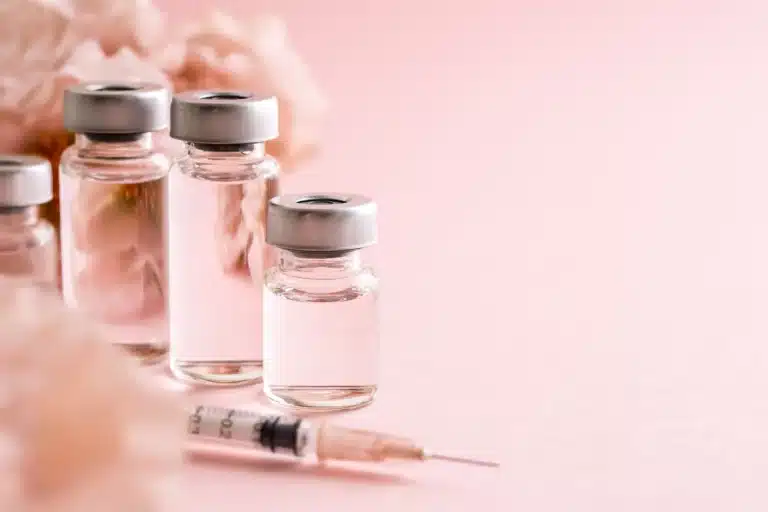
L’une des demandes les plus fréquentes concerne l’affinement de la mâchoire pour adoucir l’aspect anguleux souvent présent dans les visages asiatiques. Des techniques spécifiques d’injection sont utilisées et adaptées à l’anatomie de la patiente. Cette procédure n’est pas invasive, elle est rapide et offre un résultat naturel, idéal pour affiner le visage et lui donner une forme de cœur.
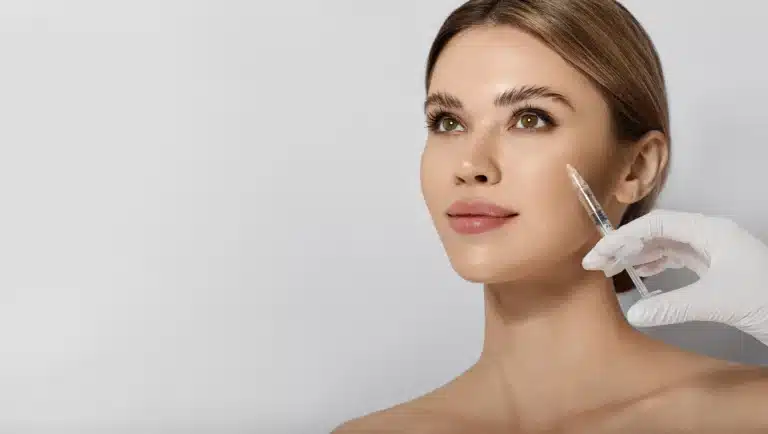
Full, slightly rounded cheekbones plus proéminentes sont souvent associées aux standards de beauté occidentaux et apportent une touche de jeunesse et de fémininité au visage. L’injection d’hyaluronic acid subtly add volume, creating a lifting effect that draws attention to the upper face. This technique sculpts the face, ensuring that the cheekbones enhance facial harmony in a natural and sophisticated way.
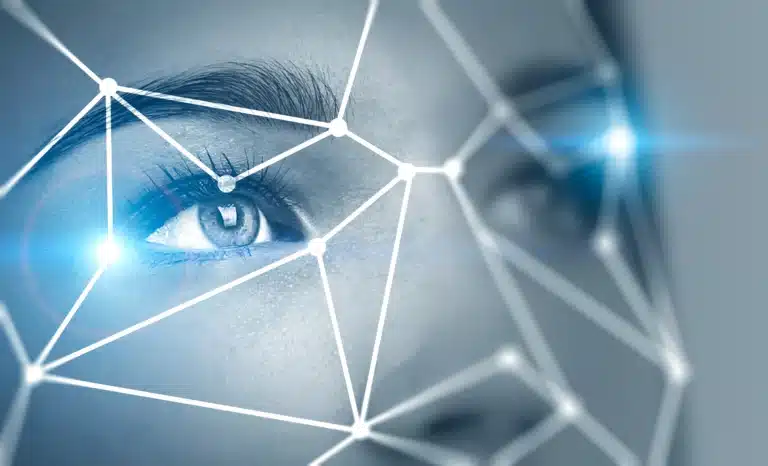
Le remodelage du nez sans chirurgie est une technique prisée pour affiner ou projeter le nez de manière naturelle. Cette méthode permet de créer une arête nasale plus droite et plus marquée, tout en corrigeant d’éventuelles irrégularités. La medical rhinoplasty temporarily but effectively modifies the shape of the nose, achieving a more harmonious profile without the need for surgery.

Un regard plus ouvert et expressif est souvent recherché par les asiatiques. Les injections de botulinic toxin, réalisées pour le traitement des crow's feet wrinkles and frown lines, help lift the eyebrows and open the eyes, creating a brighter, more refreshed appearance.
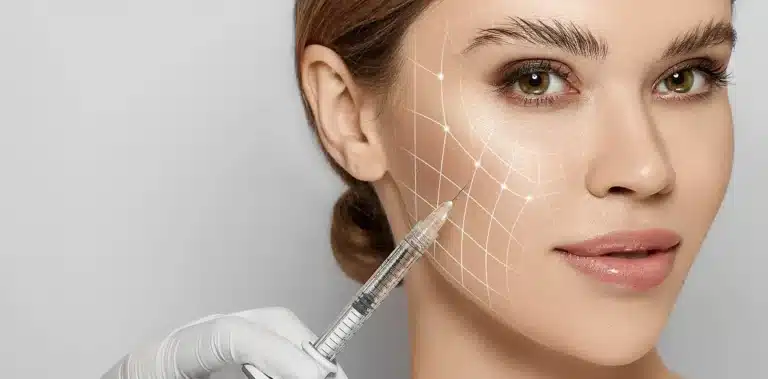
Sculptra is a biostimulatory treatment that stimulates collagen production, restoring firmness and volume to the skin. Injections are strategically placed to redefine facial contours, resulting in a more sculpted and balanced appearance. This treatment provides gradual, long-lasting results while maintaining the natural harmony of the patient’s features.
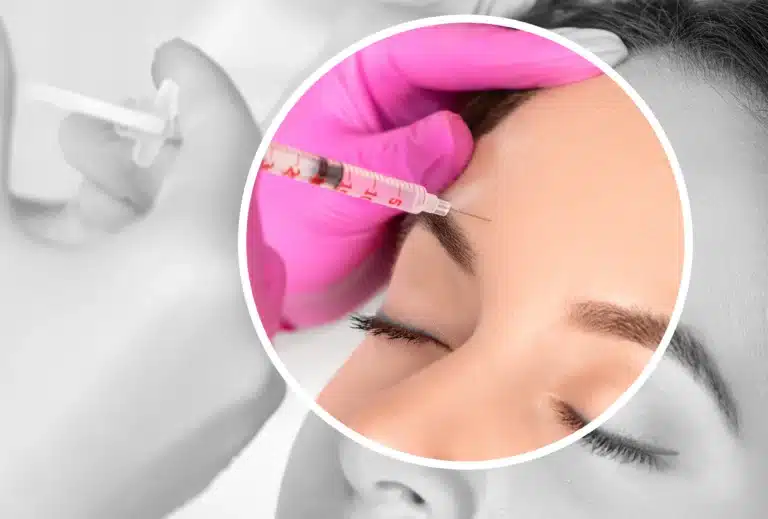
La projection du eyebrow par injection d’acide hyaluronique est une technique couramment employée dans l’occidentalisation du visage asiatique. Ce dernier est souvent caractérisé par une arcade sourcilière plus plane et moins proéminente de l’européenne.
L’injection d’acide hyaluronique permet de modifier la projection du sourcil, de l’accentuer , donnant ainsi un aspect plus profond et défini au regard, caractéristique des traits occidentaux. Cette technique est appréciée pour son caractère non invasif et réversible, car l’acide hyaluronique se résorbe naturellement avec le temps. De plus, elle est très précise car il est possible de sculpter subtilement l’arcade sourcilière pour obtenir un résultat naturel, harmonieux et personnalisé.
L’occidentalisation du visage asiatique en médecine esthétique consiste à modifier subtilement certains traits pour se rapprocher des critères esthétiques occidentaux. Cela peut inclure l’affinement de l’ovale du visage, l’augmentation des pommettes, la projection du nez ou l’élargissement des yeux, tout en respectant l’harmonie globale du visage.
Les critères les plus recherchés incluent un visage en forme de V, un nez plus projeté et défini, des pommettes hautes, des yeux plus grands avec des paupières supérieures bien visibles et une mâchoire plus affinée. L’objectif est souvent de conserver l’élégance des traits asiatiques tout en apportant plus de définition et d’équilibre.
Les traitements non permanents, comme les injections d’acide hyaluronique ou de toxine botulique, sont réversibles. L’effet s’estompe naturellement en quelques mois. En revanche, les procédures plus invasives, comme les implants, sont permanentes. Il est donc important de discuter des objectifs et des attentes avec un médecin avant toute intervention.
Oui, l’approche moderne en médecine esthétique privilégie des résultats naturels et subtils. L’objectif est de sublimer les traits existants tout en conservant l’identité culturelle du patient. Une évaluation personnalisée permet de respecter la morphologie et d’obtenir un résultat en harmonie avec les caractéristiques asiatiques.
Les traitements les plus courants incluent :
• Injections de toxine botulique pour le traitement des rides de la patte d’oie et du lion.
• Injections d’acide hyaluronique pour redessiner le nez, rehausser les pommettes ou affiner le menton.
• Cryolipolyse pour réduire les excès de graisse localisés, notamment sous le menton.
• Radiofréquence pour raffermir l’ovale du visage.